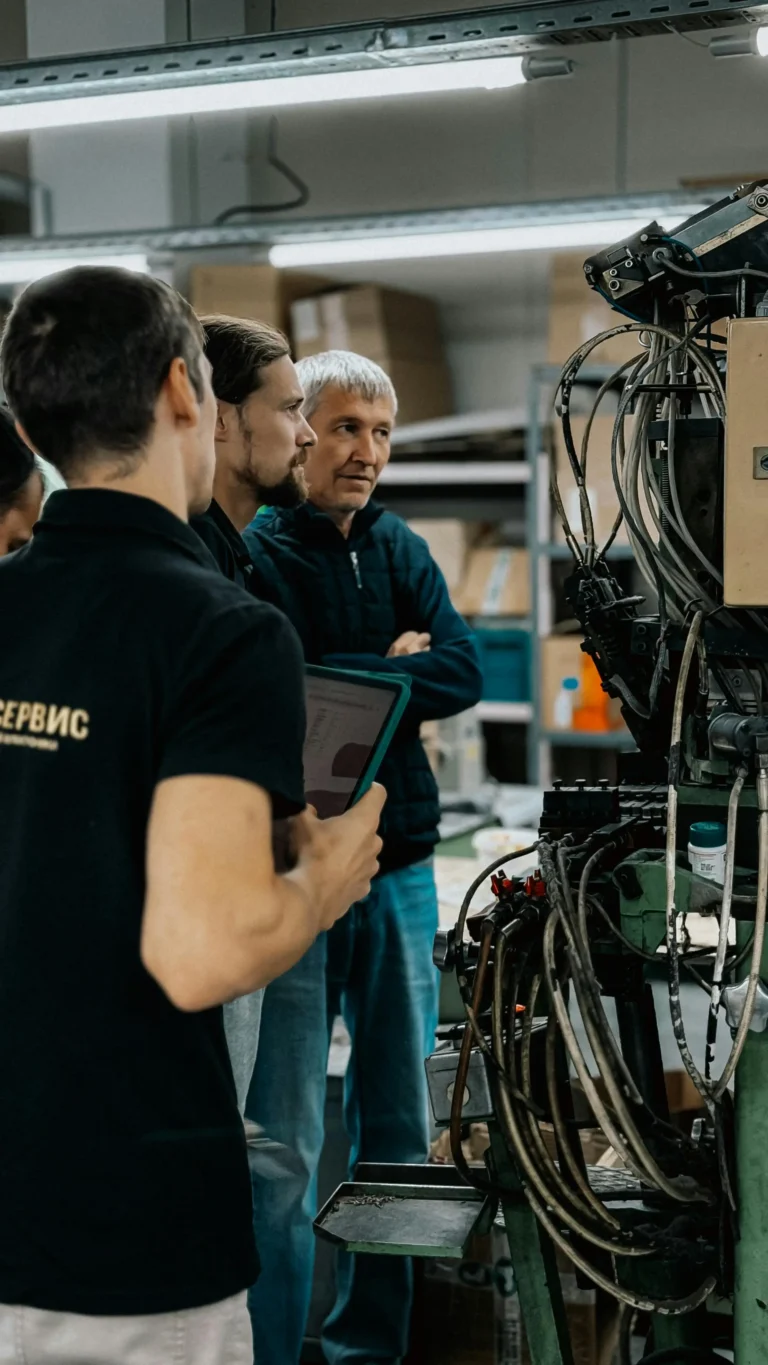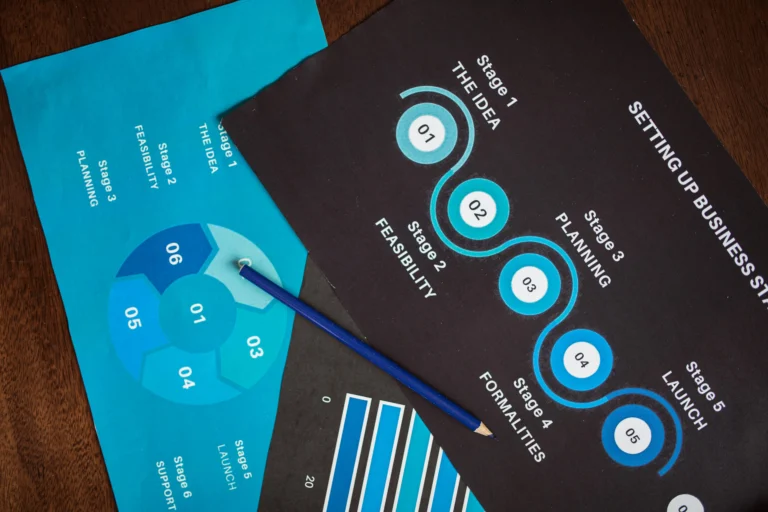Best Free Software to Design Android Apps on MacBook
Dream of your next best app concept bringing itself right onto your MacBook, without shelling out money for new hardware. Android app development is flourishing today, and MacBooks make it a breeze even though they are Apple products. You have a decent setup for cross-platform development, and here’s the best part: free software allows you to avoid costly Windows hardware or complicated hardware. Here we will be talking about the best choices such as Android Studio, Genymotion, and BlueStacks. Along with this, you will learn how to boot up apps at lightning speed and maintain coolness in running applications on your MacBook.
Why Use Free Tools for Android App Development on MacBook
Free development tools make Android app development on MacBooks possible without massive financial outlays. They become part of your workflow, where you can test and deploy ideas in an instant. You’re an independent developer or just beginning – these tools save money while speeding up velocity.
Benefits of Development on macOS
MacBooks are ideal for Android work since they possess Unix origins. You keep dev tools open continuously, and it goes hand in hand with Xcode if you also fiddle around with iOS. The open-source community adores this setup and does not make it hard to catch whatever you need.
Think of macOS as a clean workbench—everything is in its place without hassle. Android SDK is executed through command line, no hacking involved. For solo developers or students taking shortcuts, that translates to more coding and less misery with regard to setup.
To keep things snappy, keep an eye on your Mac’s resources through Activity Monitor. Close resource-consuming apps prior to big builds to prevent stalls. It is a straightforward adjustment that prevents headaches with lengthy sessions.
Common Issues and How Free Software Avoids Them
Nothing is ideal—MacBooks do not have native Android emulation, so you will have workarounds. ARM processors on modern MacBook models are certain to conflict with x86 programs, along with it, glitches. Free software fills in to iron out such creases without leaving you waiting.
Picture having to work with a virtual phone on your computer; it will lag if it’s not tuned. Emulator solutions address that by bridging gaps in compatibility. They enable you to run apps as if you’re on real devices, keeping you in the flow.
ADB connection issues? Restart server or check USB cables first. See step-by-step fixes at Android’s official documentation—they’re gold, guaranteed surefire setup. Free fixes below turn roadblocks into quick wins.
Getting Started: Prerequisites Essential
Begin with Java JDK—download it for free from Oracle’s website. Configure environment variables in your Terminal referencing it. This paves the way for other tools to get along.
Then download Android Studio, the free jewel of the bunch. Simply drag it into Applications once installed, then open and authorize SDK downloads. Glance with ‘sdkmanager –list’ in Terminal; you have the list and you’re ready to roll.
Remember to set paths if necessary—stick them in your .bash_profile. One-time annoyance that saves you in a big way. With these instructions, your MacBook is a full-bore Android workshop, for nada.
Best Android Development Free Software for MacBook
These programs pack a one-two punch when it comes to developing and debugging Android apps on your Mac. They cover all the bases from coding to emulation, all free and variable. Pick what works best for you, and watch your projects take flight.
Android Studio: The Official ID
Android Studio is the default Mac free IDE. It comes with an emulator, layout designers, and Gradle for builds all pre-configured and ready to run right out of the box. You wire up screens manually visually and code with intelligent suggestions to get things done faster.
Install from Google’s web page; it’s a fast download. Theme with dark appearances or add-ons such as Git integration to your liking. Developers on GitHub use it for open-source projects—it’s stable enough for simple programs to complex ones.
The profiler built into it identifies bottlenecks early. Test run without ever leaving the program, saving clicks. On MacBooks, native-feeling, as if written for the hardware.
Genymotion: Advanced Android Emulator
Genymotion personal edition is free and erases virtual devices from Mac. It surpasses Android Studio’s emulator, particularly on Apple silicon. You simulate phones or tablets with real-feeling speeds.
Use free VirtualBox as the foundation—download both, then enable. Build your own profiles, such as a Pixel with certain Android versions in mind. Connect to Android Studio through ADB for simple debugging.
It’s used by teams for rapid test cycles; one tweak, and you have results in a jiffy. On MacBooks, it uses less power than the competition. Adjust settings for your hardware, and it runs silky smooth.
BlueStacks: Lightweight Emulator Alternative
BlueStacks is a free app player to put Android content on your Mac. Perfect for rapid testing or prototyping—no crunch dev setup needed. Run apps like on a phone, right from your desktop.
It can have multiple instances, so compare test versions side by side. Handle RAM with care to prevent overheating your MacBook. Other than coding, it is nice for demos to friends or clients.
The UI is play-like, so simple to just jump in. For non-devs, it becomes actual Android use. Stay current with releases for optimal compatibility with new app features.
Other Tools to Assist: Git and APKTool
Git manages free version control, keeping track of changes like a virtual notebook. Incorporate it directly in Android Studio to create fly-by commits. Push to GitHub to share or for work backups.
APKTool decompiles and rebuilds app files—perfect for tweaks or poking around. Install with Homebrew on Mac; just enter ‘brew install apktool’ and done. Use commands such as ‘apktool d app.apk’ to extract out, then rebuild with ‘apktool b’.
They complement each other well for secure operations. Sign APKs using jarsigner prior to tests. They complete your toolkit, turning Mac-powered Android launches into a walk in the park.
Step-by-Step Guide to Launching Your First Android App
Ready to create something actual? This guide walks you from beginning to deploy. Just keep reading, and your MacBook will do the rest. Every step follows the last one for a nice ride.
Setup Your Development Environment
Open up Terminal and install Homebrew if you haven’t—the package manager makes life easy. Enter ‘/bin/bash -c “$(curl -fsSL https://raw.githubusercontent.com/Homebrew/install/HEAD/install.sh)”‘. Next, download Java with ‘brew install openjdk’.
Get Android Studio from developer.android.com. Once installed, launch it and let the SDK install on setup. Set paths: export ANDROID_HOME=$HOME/Library/Android/sdk in your dot file, then source it.
Give ‘adb devices’ a go—don’t worry if it shows nothing yet. This should be less than 30 minutes to set up. Your Mac now has Android sussed.
Creating and Building a Simple App
Open Android Studio and select “New Project.” Select Empty Activity for a hello-world beginning. Label it “MyFirstApp” and set the package.
In MainActivity.java, simply modify the text to “Hello from Mac!” Build using the hammer icon or Ctrl+B. It builds an APK in minutes, thanks to the intelligence of Gradle.
Logcat Debug—observe outputs as you go run. For permission on Mac, give USB access within System Preferences if you’re using a device. That’s a small build demonstrating your tools.
Testing and Emulating on MacBook
Start Genymotion or BlueStacks beforehand. Within Android Studio, select your emulator in the device dropdown and go run. The app installs and runs—observe it welcome you to the screen.
For hardware testing, turn on USB debugging on your device. Cable-up first, then ‘adb install app.apk’. Go wireless: pair with ‘adb pair ip:port code’ to eliminate cords.
Sideload with drag-and-drop in emulators. Use no-cost tools such as Android Profiler to monitor memory usage. Optimize by shutting down background apps on your Mac for the best performance.
Deploying to Google Play or Sideloading
Sign your APK first—create a key in Android Studio under Build > Generate Signed Bundle. For command-line with jarsigner: ‘jarsigner -verbose -sigalg SHA1withRSA -digestalg SHA1 -keystore my.keystore app.apk alias’.
For Google Play, plan using no-charge tools but pay attention to the one-time $25 fee for access to Console. Upload using their site after zipping assets. For sideloading, install the APK file directly.
Checklist: Test on a few emulators, reduce the size with ProGuard, and include icons. The deploy button in Studio handles much of it. You are live in hours.
Optimization and Best Practices for MacBook Users
Maximize your MacBook with these optimizations. They maintain builds short and your setup running smoothly. Small optimizations make a big difference in day-to-day work.
Performance Tips for Resource-Heavy Builds
Utilize your SSD for projects—faster reads mean quicker compiles. During lengthy runs, simply ‘caffeinate’ in Terminal to put sleep mode on hold. It keeps them running without babysitting.
Disable unused apps to free RAM; emulators consume space. Be mindful of thermal throttling—place your MacBook at an elevated position for better air flow. Apple guidelines suggest these for dev hardware.
Batch small tasks to prevent overwhelm. Your Intel or M1 processor does the rest. Builds that once took forever now fly by.
Working alongside macOS Ecosystem
Spotlight searches code files in seconds—Cmd+Space and start typing. Back up to iCloud for protected project storage across devices.
Sync with GitHub for team sharing. Another editor bonus, VS Code, plugging in for light editing. It works alongside Android tools through extensions.
These qualities give Mac a feel that it is custom-built for Android. Alternate between tasks effortlessly. Your work will be vibrant and integrated.
Troubleshooting Common Problems
Emulator crashing? Restart VirtualBox or provide additional RAM under settings. For SDK crashes, execute ‘sdkmanager –update’ to refresh.
ADB problems: Kill and reset with ‘adb kill-server && adb start-server’. Verify cables or firewall for blocks.
Stack Overflow has real user hacks—check your error there. Journal everything in a note to use later. Most bugs sort themselves out in minutes.
Conclusion
Android Studio, Genymotion, and BlueStacks are free and powerful software that allow you to easily run Android apps on MacBooks. They make your laptop a dev beast without any additional purchasing. You’ve got stability, speed, and simple tests—all you need for quick wins.
Begin with official installs for rock-solid bases. Optimize for performance to take advantage of your Mac’s potential, and use emulators to code quickly. Buy a speedy project today; make that hello-world and deploy to Play. Your app adventure begins now—go create something amazing.







